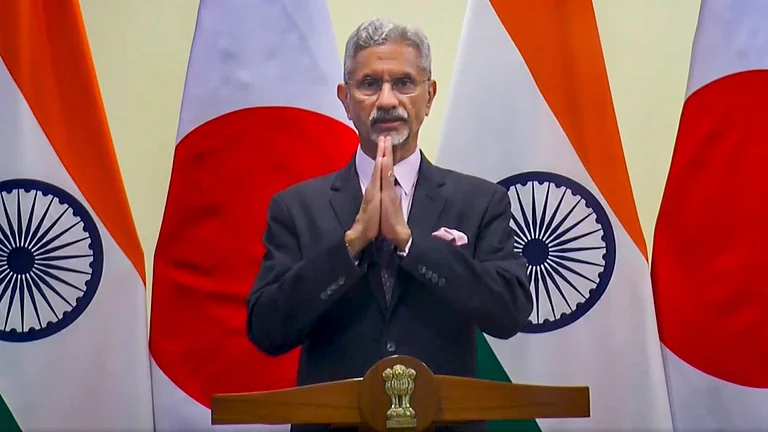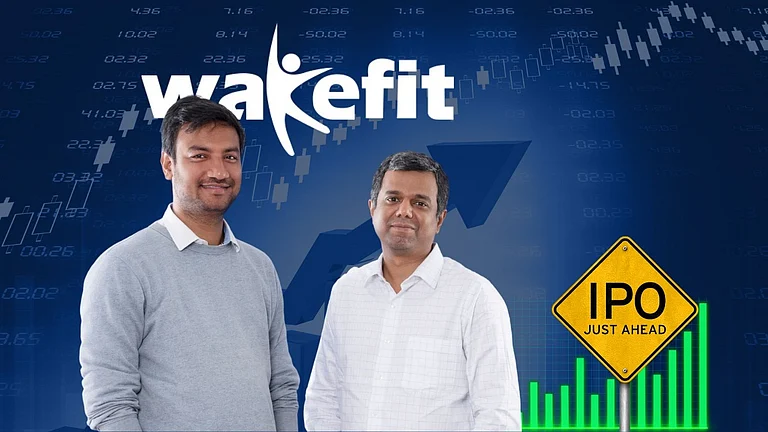As the dust surrounding the announcement of the Union Budget 2022-23 settles, experts gear up to spend the next few days dissecting the merits of the policies rolled out. Policies that will spell out what the next few years would look like for a country battered by the aftermath of a lingering economic slowdown and a seemingly unceasing pandemic.
A glance at the state of affairs and statistics of the preceding years is enough to reveal how a policy can make things better or worse. In his latest book, The $10 Trillion Dream, author Subhash Chandra Garg, former Finance and Economic Affairs Secretary, Government of India, does a comprehensive analysis of policymaking over the years while talking about how it can define narratives.
Edited excerpt from the book:
Today, India, seventy-five years young as an independent country, is a diversified $3 trillion real economy, with roughly one-sixth of goods and services each produced in agriculture, manufacturing and government. The services sector exceeds half of the real economy. There are two relatively minor sectors of mining and quarrying, and utilities. The construction sector has grown into a significant size of the economy.
India’s growth rate has been quite low in the second decade of the twenty-first century, with a slowing economy turning out poor growth in the 2010–2013 and 2017–2019 periods with unprecedented contraction of over 7 per cent in 2020–21, though followed by recovery of 9 per cent in 2021–22. On the consumption side, roughly 70 per cent is accounted for by private and government consumption and 30 per cent of GDP income gets invested in capital formation. Consumption had been a major growth support from 2014–2018 but started flagging from 2018. Investments/ capital formation have considerably weakened with domestic savings rates and investments falling from the peak of 35–36 per cent in the first decade to the bottom of 28–30 per cent in the second decade (ignoring the exceptionally bad year of 2020).
The government’s taxation revenues have stagnated (there are some signs of the tide turning in 2021–22 but that may not last long as fundamental revenue dynamism is still lacking). GST, introduced in 2017, was expected to give a boost to indirect tax revenues but has performed poorly with indirect tax revenues declining as a proportion of GDP in 2018–2020. There has also been a noticeable reduction in the share of value added going to workers. Growth of profits for businesses has been positive but somewhat lower. However, the share of profits in the distribution of GDP income has gone up somewhat.
The Indian economy has seen a definite slowdown in growth in the last few years and a big contraction in 2020–21. These setbacks would have to be left behind and the task of building the $10 trillion economy by 2035 taken up in right earnestness.
Sectoral Composition of the $10 Trillion Economy
India’s current $3 trillion economy is approximately 15 per cent agricultural, 30 per cent industrial (including mining and quarrying, manufacturing, utilities and construction) and 55 per cent services (trade, hotels, transport, communication, broadcasting, financial, real estate, professional services, public administration, defence, and other services). Agriculture value added is $450 billion, industrial value added $900 billion and services $1650 billion.
Raising the $450 billion-dollar agricultural value added to $1 trillion in fifteen years would require value added to grow by a little over 5 per cent per annum. Considering the current nature, composition, price levels and exportability of the agriculture sector, a growth of over 5 per cent looks ambitious. However, if agriculture were to get commercialized, the handicaps of input subsidies and MSP-induced price depressions removed and a system of future price hedging built in, a growth of over 5 per cent is possible. The reorientation of agricultural production from crops to proteins and horticultural products would also help. This transformation would require considerable policy and programme reforms. Increasing the current $900 billion industrial economy to $2.5 trillion by 2035 would require industry to grow from 7–8 per cent on average over the next fifteen years. This is eminently doable if India were to get its manufacturing, mining, utilities and real-estate policy framework right. Refocusing the government on production of public goods and services and aggressive privatization of the public sector would also help.
The services economy, which is about $1.65 trillion, would need to grow at 9 per cent per annum on average to get to $6.5 trillion by 2035. This is eminently achievable. However, significant reforms would be required in trade policies, the financial system, strengthening of IT, hospitality, transportation and broadcasting. Important policy reforms would also be needed in the health and education sectors.
Set of Policy Reforms Proposed in This Book Can Alter the Arc of India’s Future
Fundamental reforms of reorganizing the production and distribution system in the country have been proposed in this book. The production and distribution of private goods and services would need to be organized entirely in the private sector. This would require the commercial public sector, both in real and financial sectors, to be privatized fully within the next few years. The government would need to be focused on production and delivery of public goods and services to secure a good and healthy people and environment and also on redistribution to eliminate multidimensional poverty from the country.
Sectoral reforms, which have been described extensively in this book, across all the sectors—agriculture, industry and services—and also for infrastructure, the digital economy and environmental economy, would lead to prepare the country, its people, its businesses and the government to secure the kind of high economic growth described above.
India has been a slow and reluctant reformer. This has delayed reaping of the advantages of new and emerging technologies and production shifts. We cannot afford to commit the same mistakes again in mainstreaming the digital and environmental economy. The world is becoming one large market and production system. We need to be able to conquer world markets to earn incomes for raising the standard of living of all Indians and create the wealth to become a high-middle-income country by 2035.
(Excerpted from The $10 Trillion Dream by Subhash Chandra Garg, published by Penguin Portfolio, February 2022)
***
Bookmarked
Take a look at what’s new in the business section of Amazon’s book shelf

I Came Upon a Lighthouse: A Short Memoir of Life with Ratan Tata
Author: Shantanu Naidu
Published: February 2022
A young automobile design engineer, who is also industry behemoth Ratan Tata’s assistant, talks about his unlikely camaraderie with the ‘Millennial Dumbledore’, as he likes to call Tata.
Indomitable: A Working Woman’s Notes on Work, Life and Leadership
Arundhati Bhattacharya (January 2022)
The former chairperson of the SBI walks the readers through her journey to the top of India’s largest lender as a woman banker.
The Art of Bitfulness: Keeping Calm in the Digital World
Nandan Nilekani, Tanuj Bhojwani (January 2022)
When being online becomes inevitable, tuning out becomes essential. The authors tell readers how that can be done.
Decoding Business Minds: Unleashing The Power Of Wealth Creation
Ajay Gupta (January 2022)
The author, a serial entrepreneur, comes out with a simple guidebook on creating and sustaining one’s own business.
























